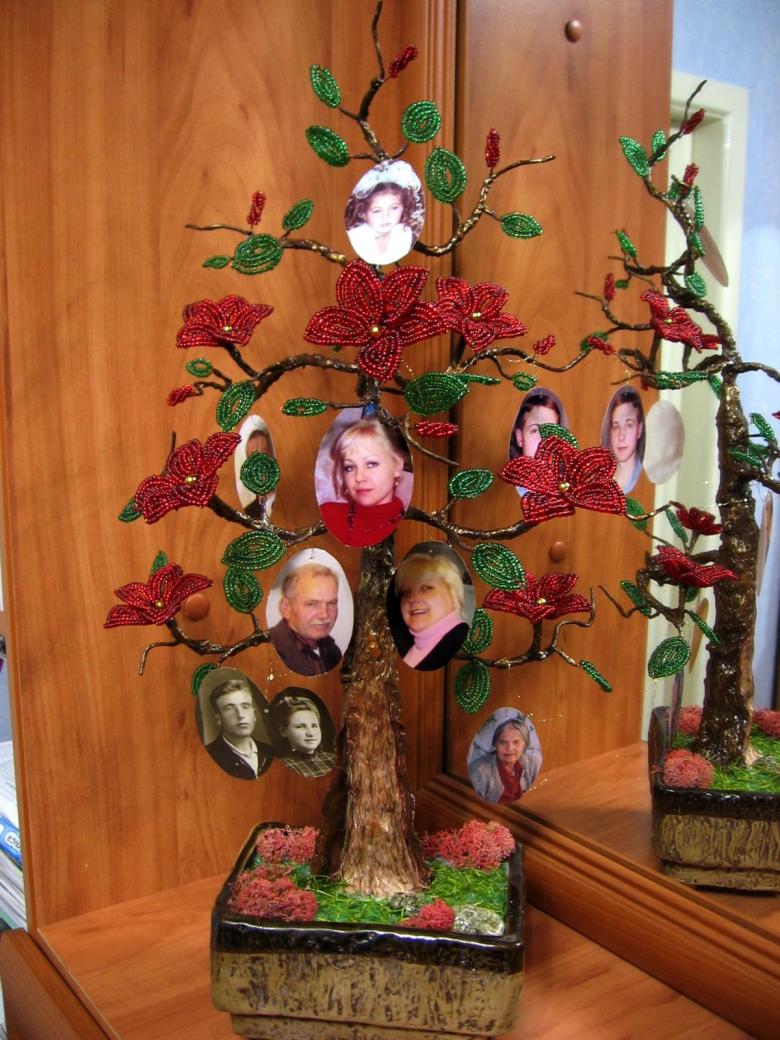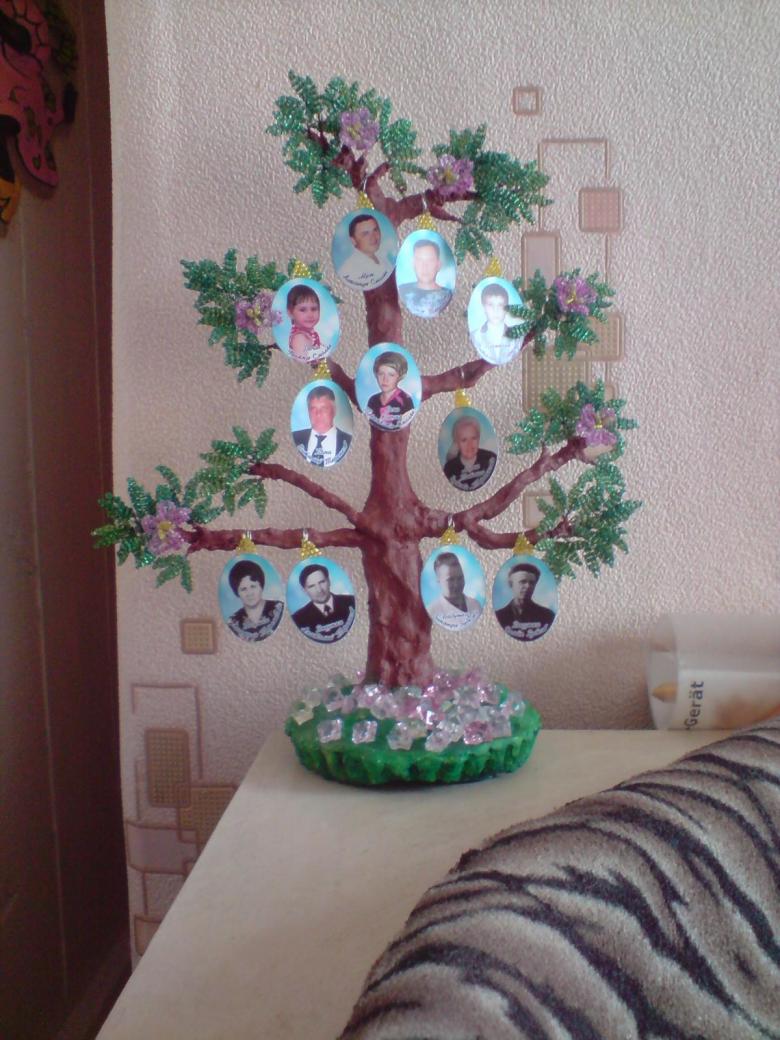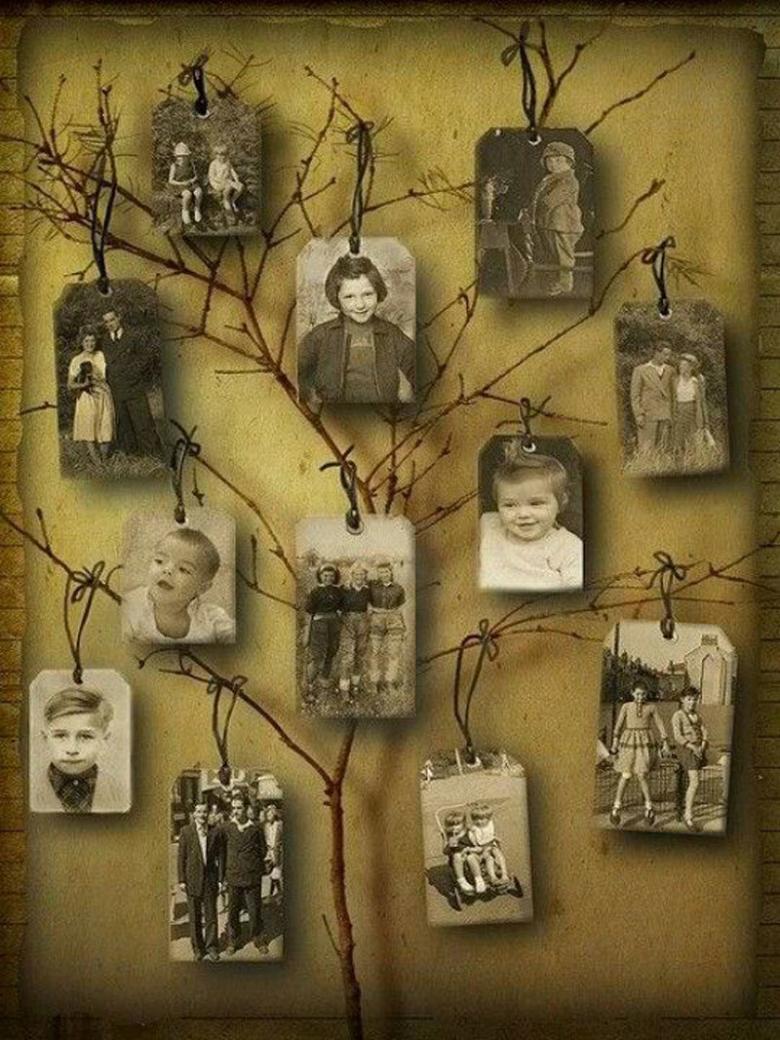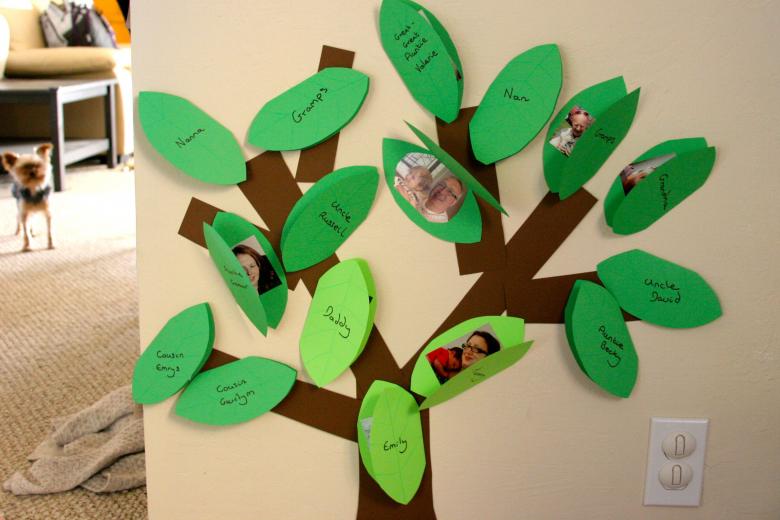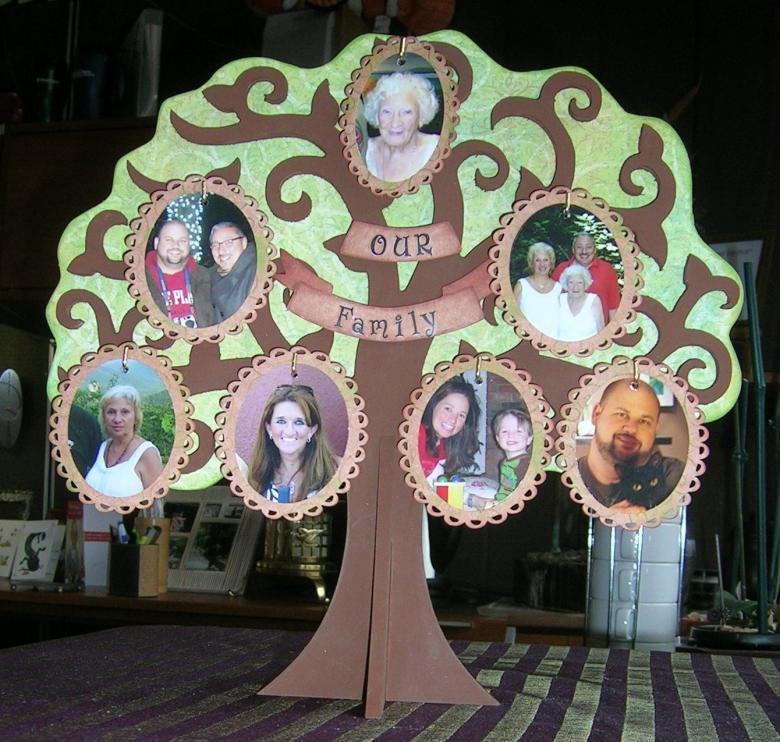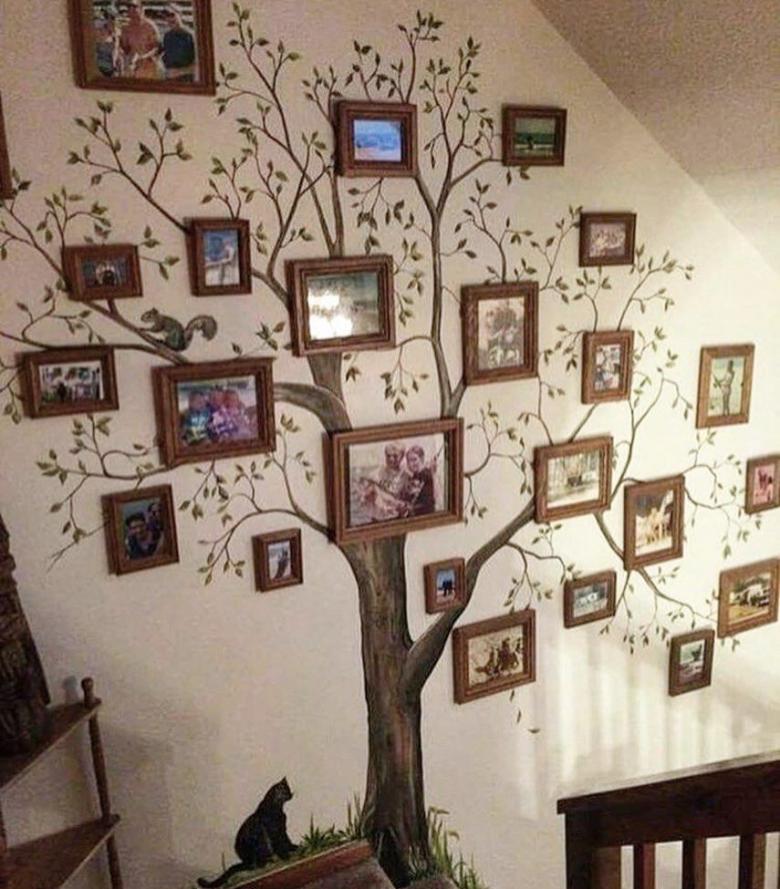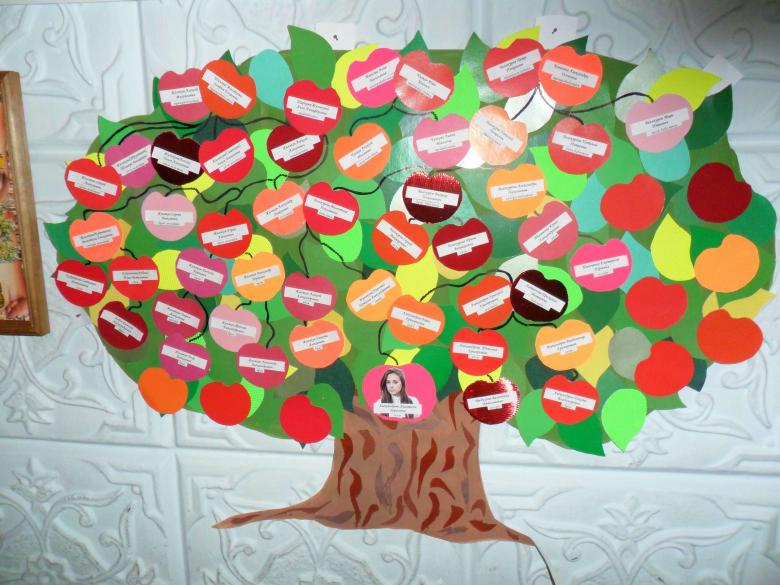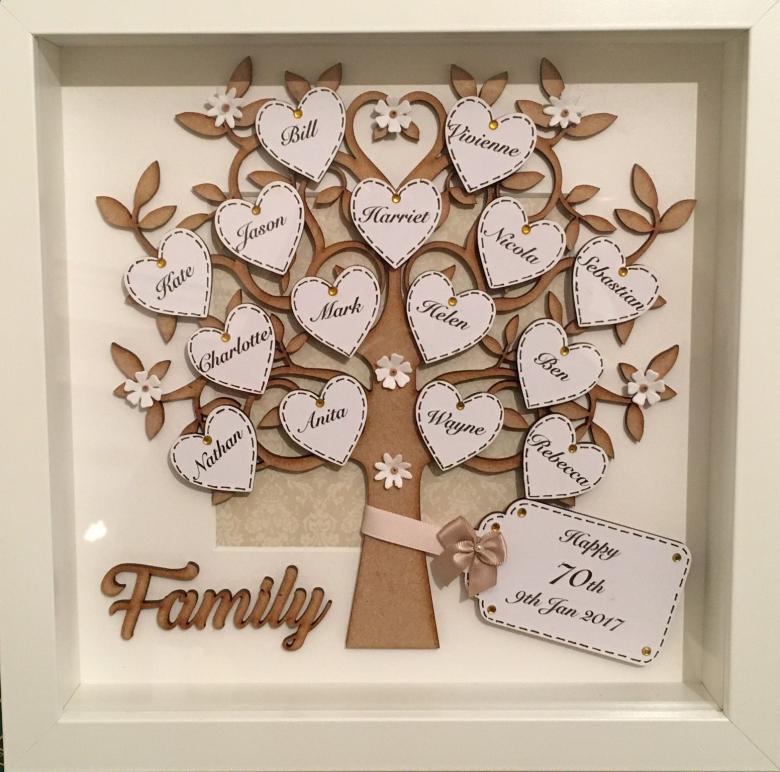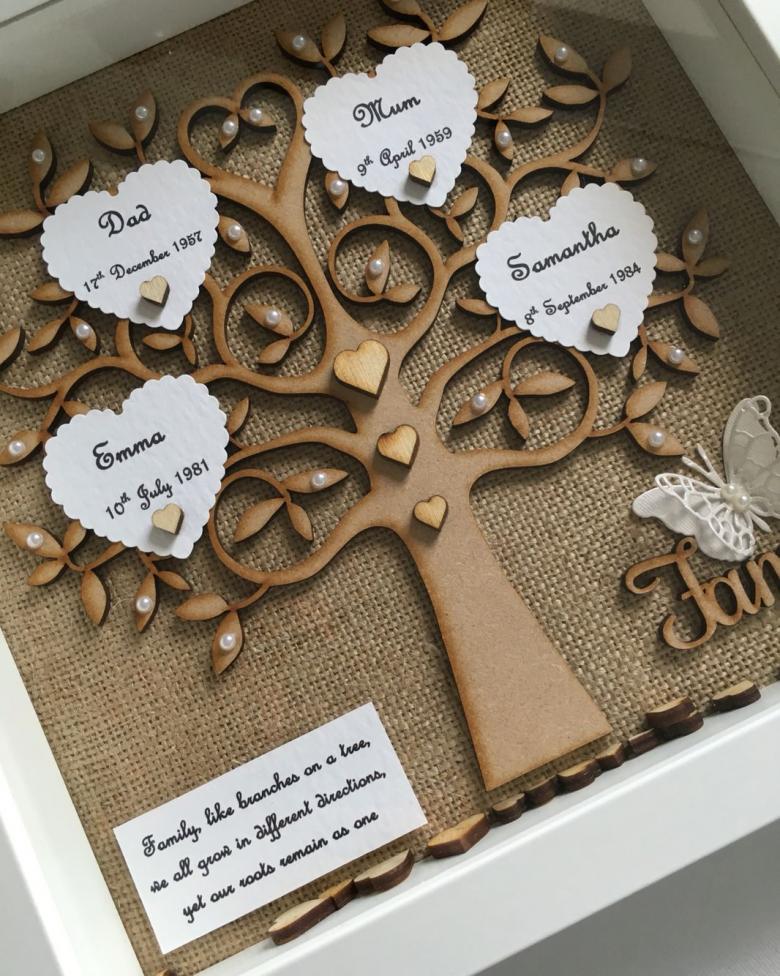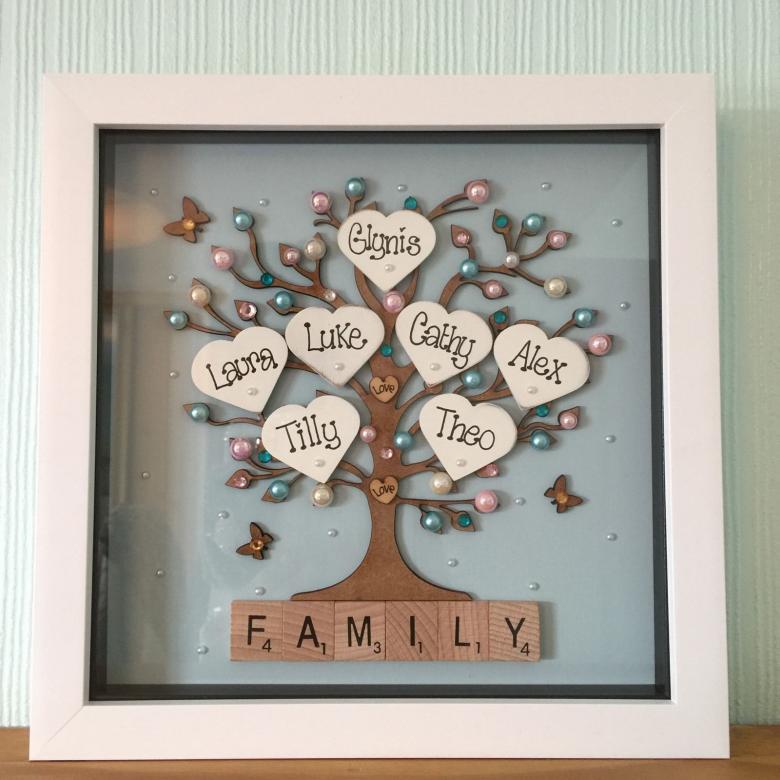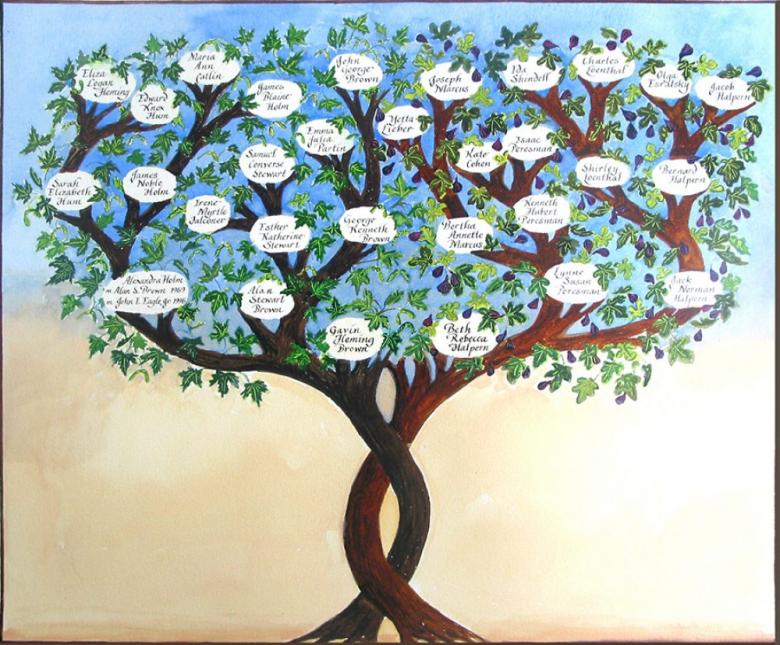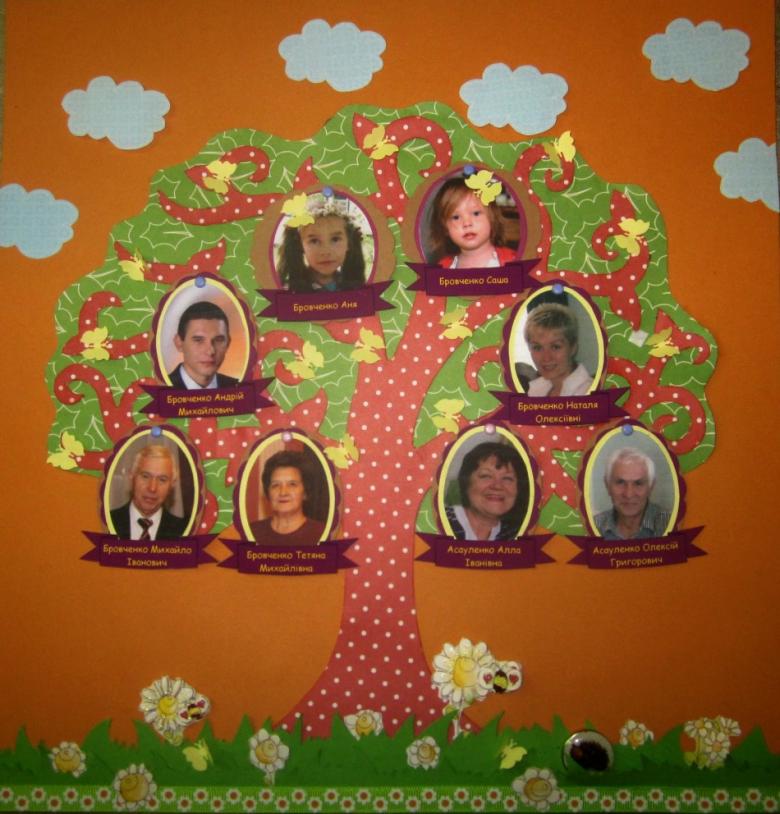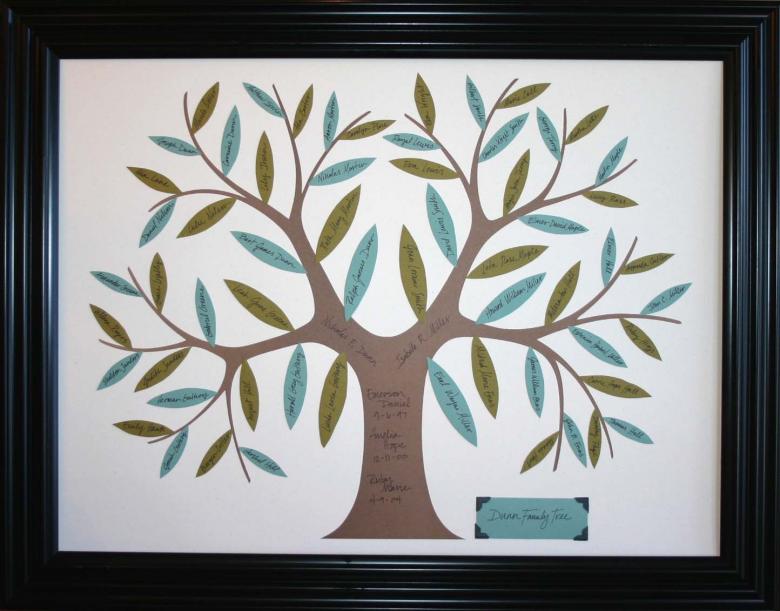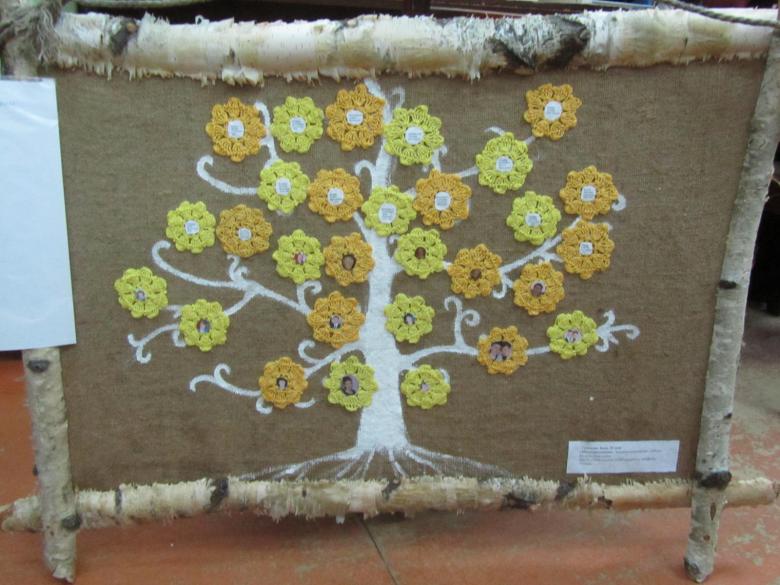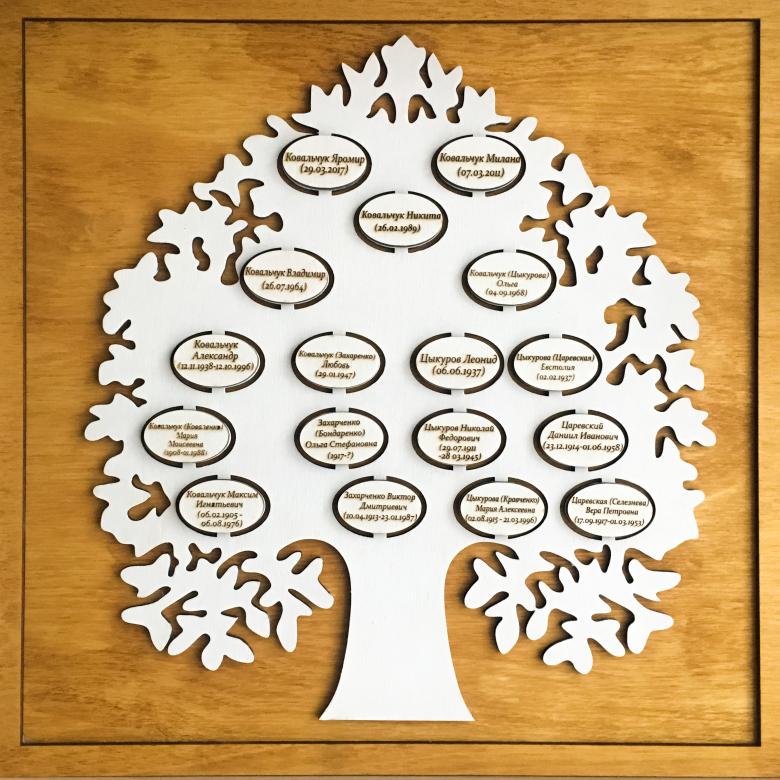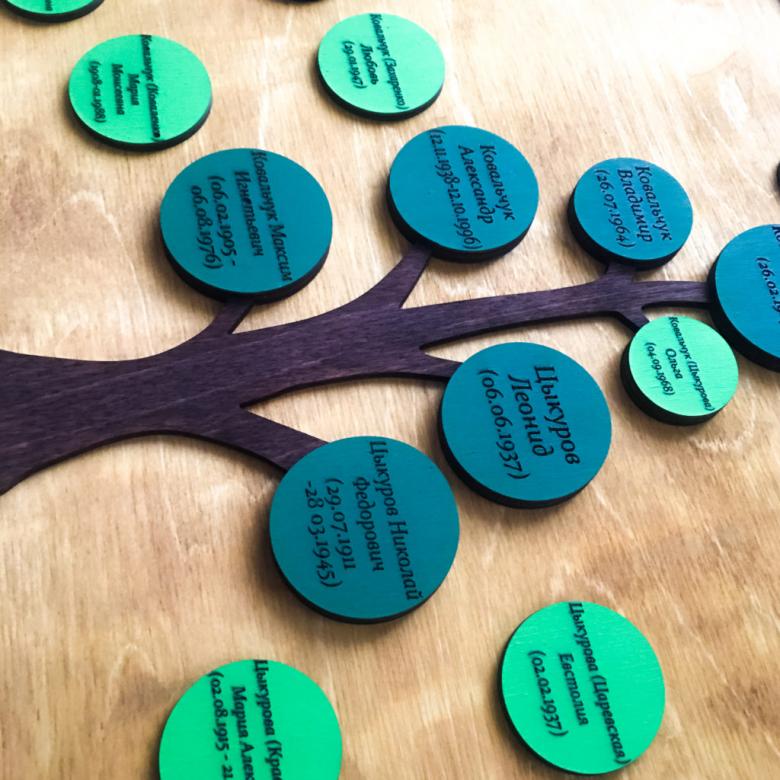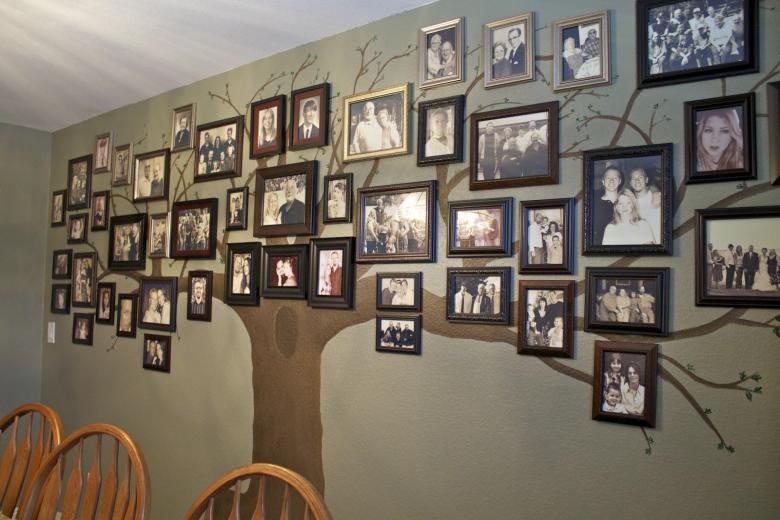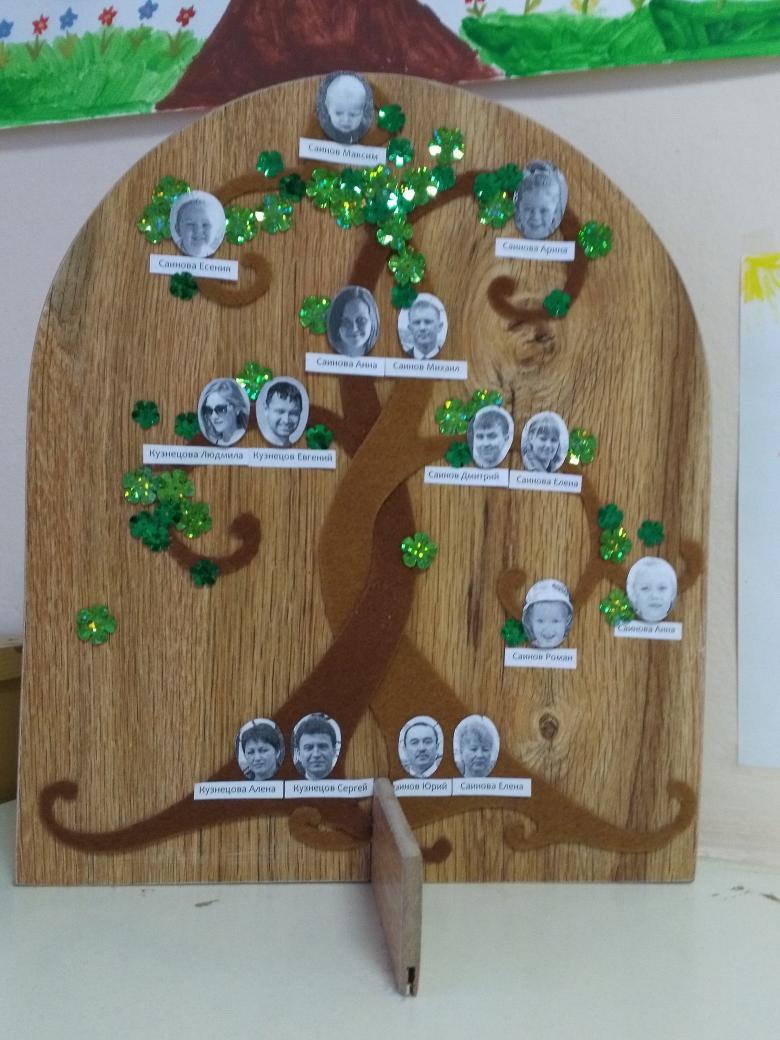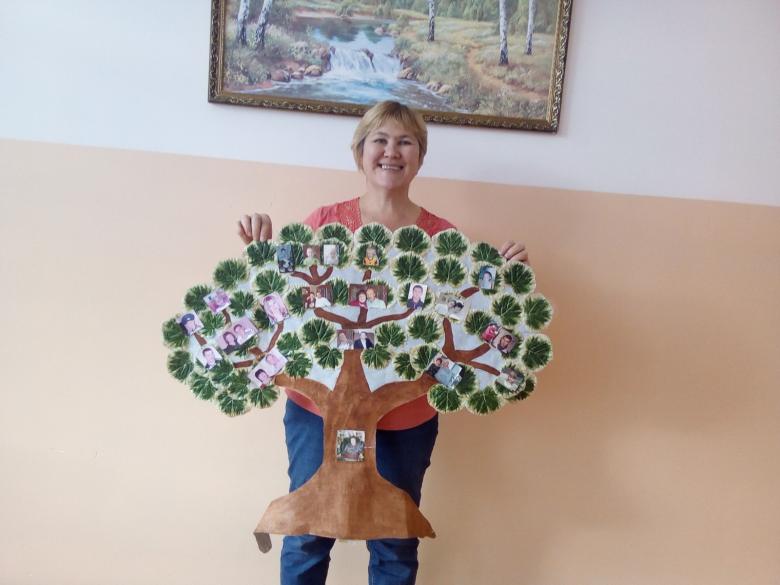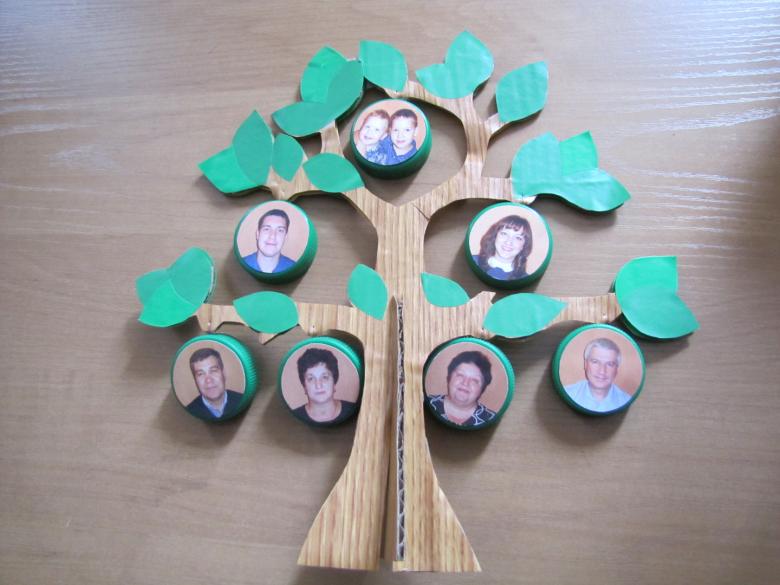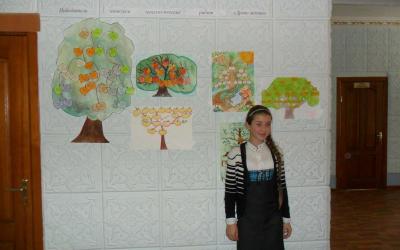The genealogical tree - where to start and how to make a beautiful tree
Studying the history of your family not only allows you to learn more about history, but also to realize yourself as a person in a rapidly changing world. This is an opportunity to plunge into the era of incredible ordeals that befell our ancestors, to enrich ourselves spiritually, to find the strength to overcome today's difficulties, to develop respect and empathy for loved ones, to feel the continuity of generations.

The science of genealogy deals with the study and research of family and clan history.
Most families have lost their roots, children do not even know their grandparents. This knowledge makes it possible to know about the predisposition to certain types of diseases, such as diabetes, mental disorders.
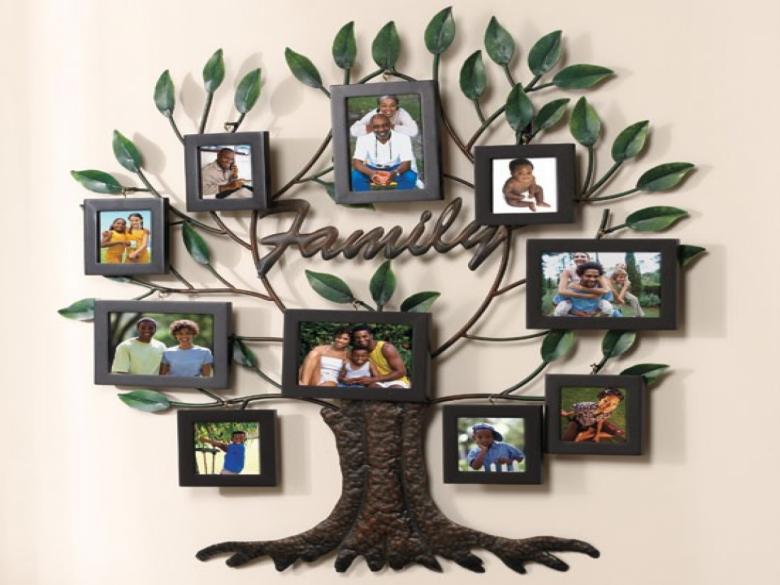
They help guide with the establishment of abilities when choosing a future profession. After all, if ancestors were engineers or designers, it is very likely that the technical mindset is inherited and children.

And telling children about their ancestors, their fate, deeds, hardships and hardships will help them to learn more about history from the example of their loved ones. It brings generations closer together and fosters pride in loved ones.
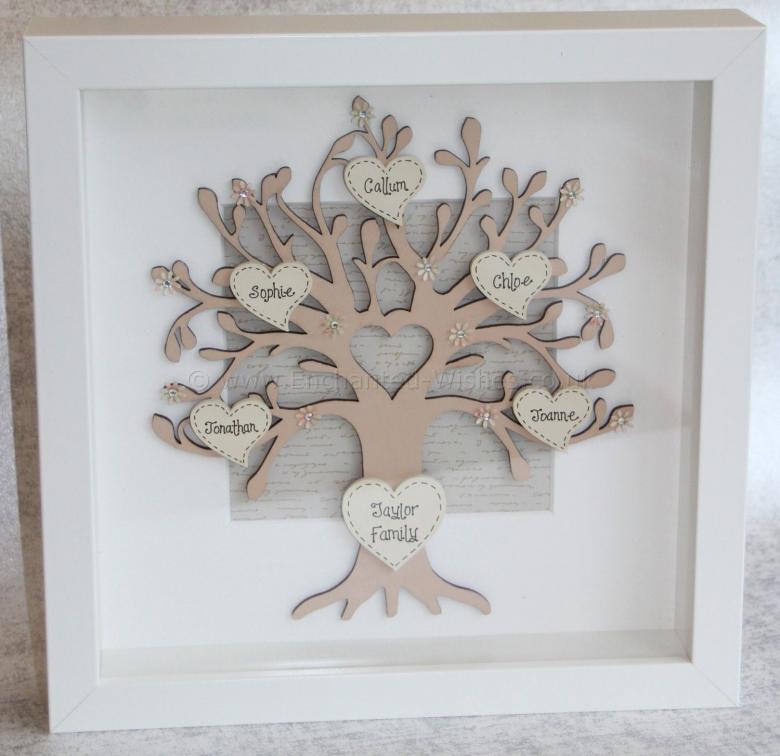
And sometimes searches help to find relatives, about whose existence no one even guessed, to reveal secrets, to learn deeply hidden secrets.
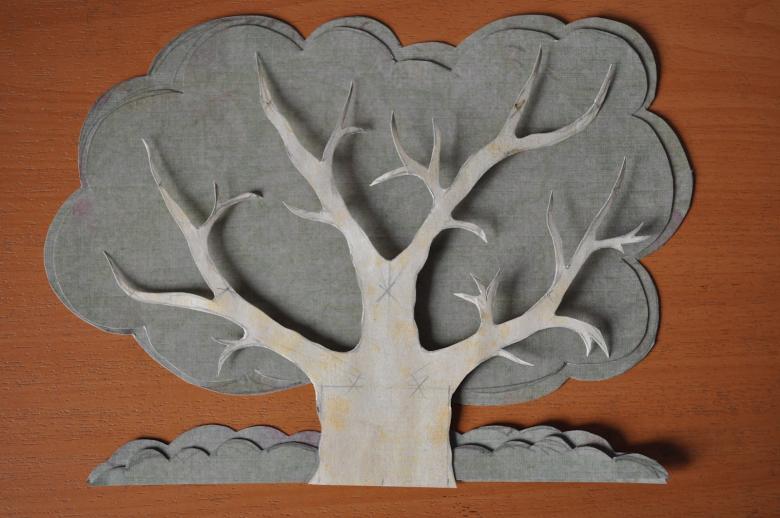
How to collect information to fill out a genealogical tree.
1. The first step is to interview relatives, acquaintances, friends, and neighbors. Ask parents and grandparents in detail. Record even insignificant facts in a notebook or dictaphone. They can be useful in further research.
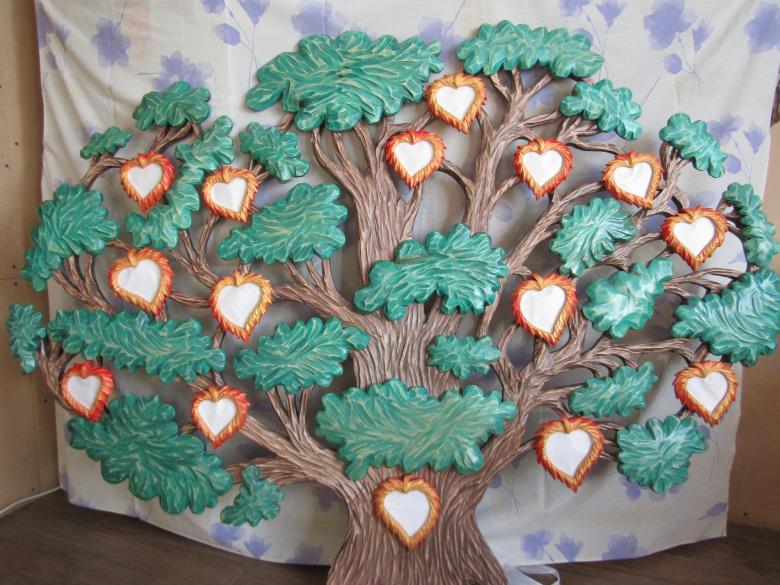
2. The second step is to collect home archives. In the search not unimportant role played by birth certificates, certificates of awards, insignia, awards, certificates of divorce or marriage, birthplace, years of study, change of residence, military service, place and cause of death, and just photos, especially with memorable inscriptions.
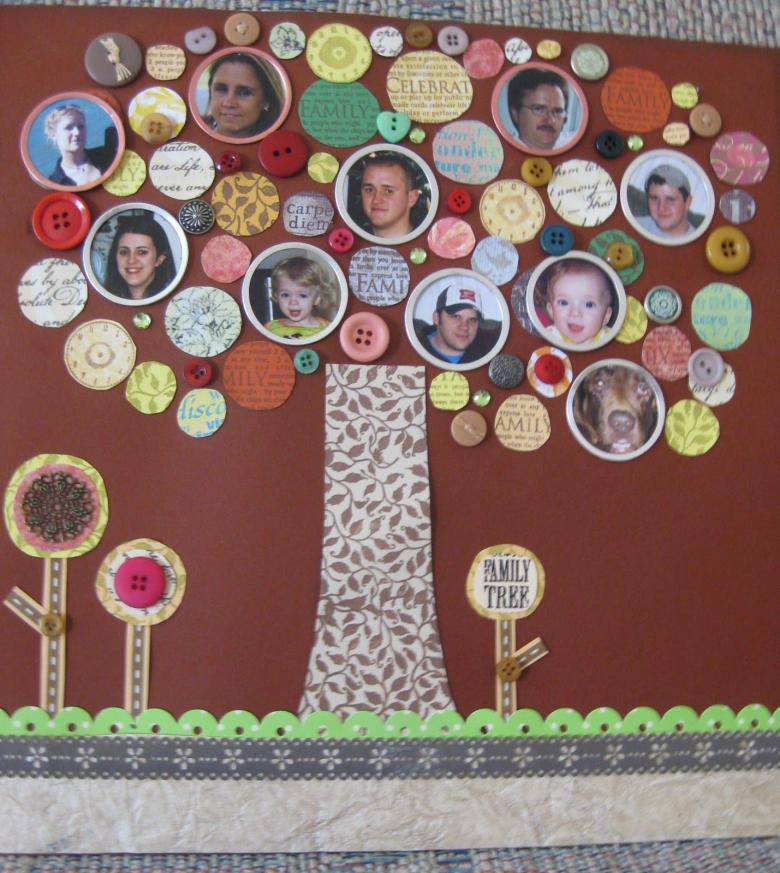
The third step is to make a request to the archives. Archives do not do genealogical research, but they can provide information on a specific question. There is a free and paid list of services.
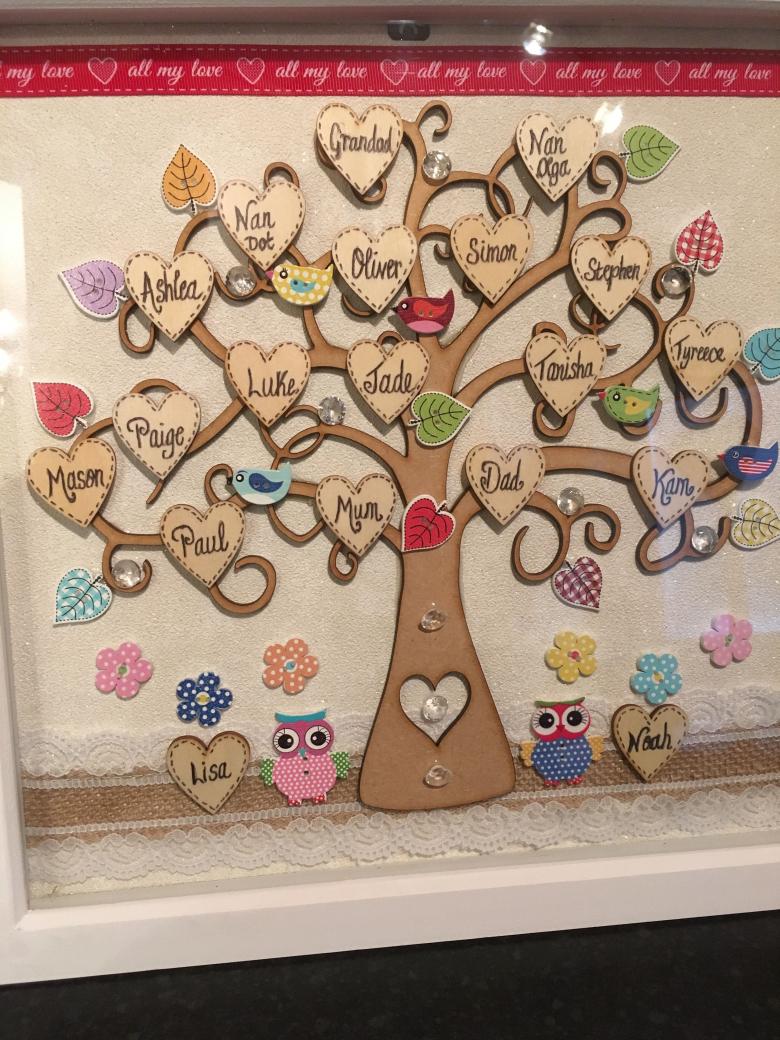
It is free to obtain information about a relative's place of employment, years of service, wages, lawsuits, civil and commercial litigation.
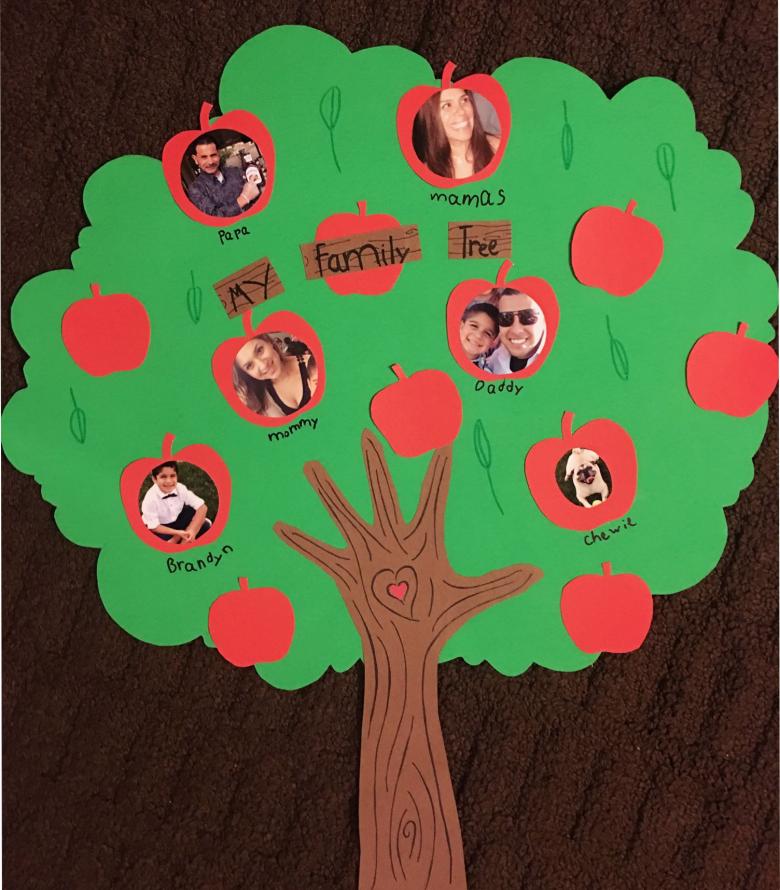
Searching for information on genealogical research is not a direct responsibility of the archives staff. That is why a request can take up to six months to process or it can be rejected. It is important to formulate an official letter correctly and wait for the result.
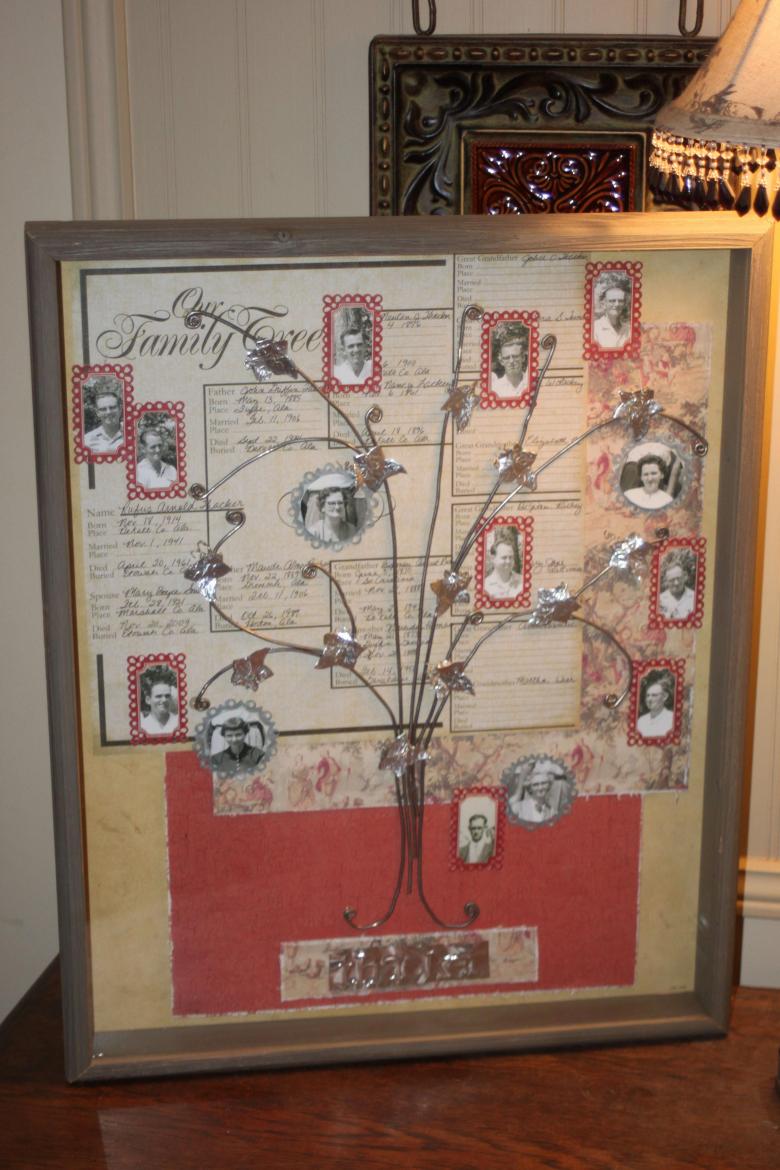
Some archives allow you to do the search yourself. But it is a very time-consuming process because of the huge amount of stored documentation, it is presented in paper form, it deteriorates with time and is written by hand, which makes it difficult to read the documents.

Archival information is contained in printed publications:
- Address calendars - a list of provincial or district government offices with the names
- Memo Books - along with a list of all government and public organizations of the county in which it was published, it contains information about the results of the census, the environmental situation, indicates the direction of land use, statistics on the composition of the population, lawsuits, biographies of famous and distinguished figures of the region.
- Census tales - census of population with precise information about family composition, occupation, date of birth of family members. They were used to calculate the amount of tax.
- Genealogy books - they describe the history of the noble family from its inception throughout its existence.
- Church metric books - they contain information about the date of birth, with the names of parents, marriages, date of death and the reasons for it.
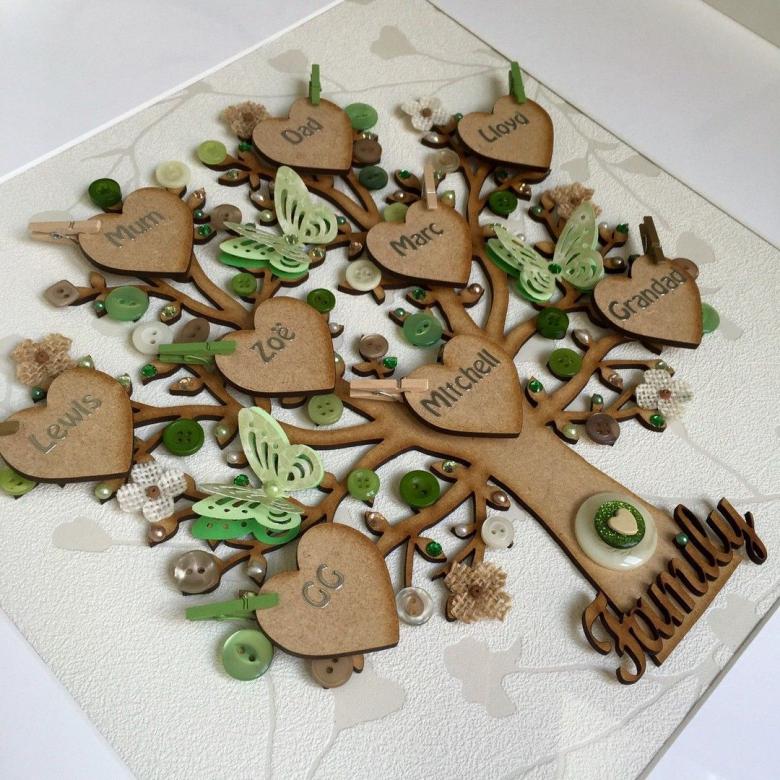
A request to the archive must have the form of an official request without water and reasoning. The more specific facts are used, the more likely the answer increases.
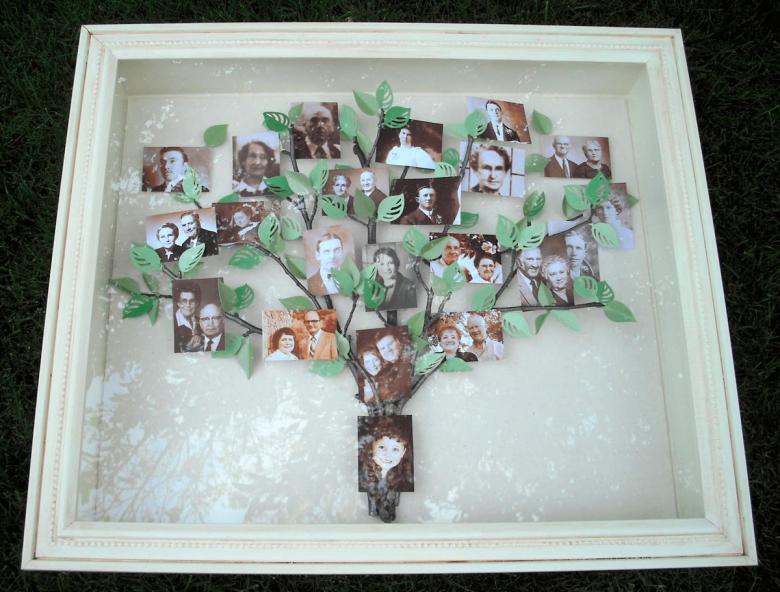
For example: "I ask you to find data on the birth of Zhurlov Alexander Mikhailovich resident of the village of Konstantinovka, Novgorod district for the year 1879. He was the headman of this village in the period of 1912-1915. Archive reference or a photocopy of the documents ready to pay "
The third step is to search for information on Internet resources.

To use the Internet, you need to learn how to use the resources presented. And do not fall for the ads of swindlers, who offer to provide you with information for building a genealogical tree in a short period of time. At best, you will be amused by the history of the formation of your family name. Creating a family tree is a painstaking work that requires time and patience
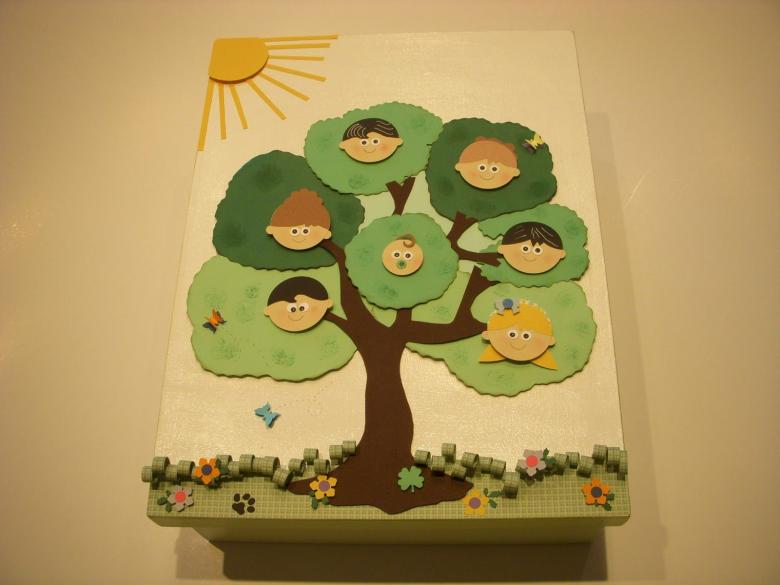
The most widespread in Russia is the forum "All-Russian Genealogical Tree", where subscribers help each other in searching for relatives and their roots.The FamilySpace site contains information for a period of one hundred years and will help in forming a genealogical tree.In the Internet you can find pages with public resources for drawing up your family tree.

4. The fourth step is a DNA test.
With its help you can establish close relatives or find your birth parents, sisters, brothers, aunts, uncles. It all depends on the decision, how far you want to go in your research and what goal you are pursuing.
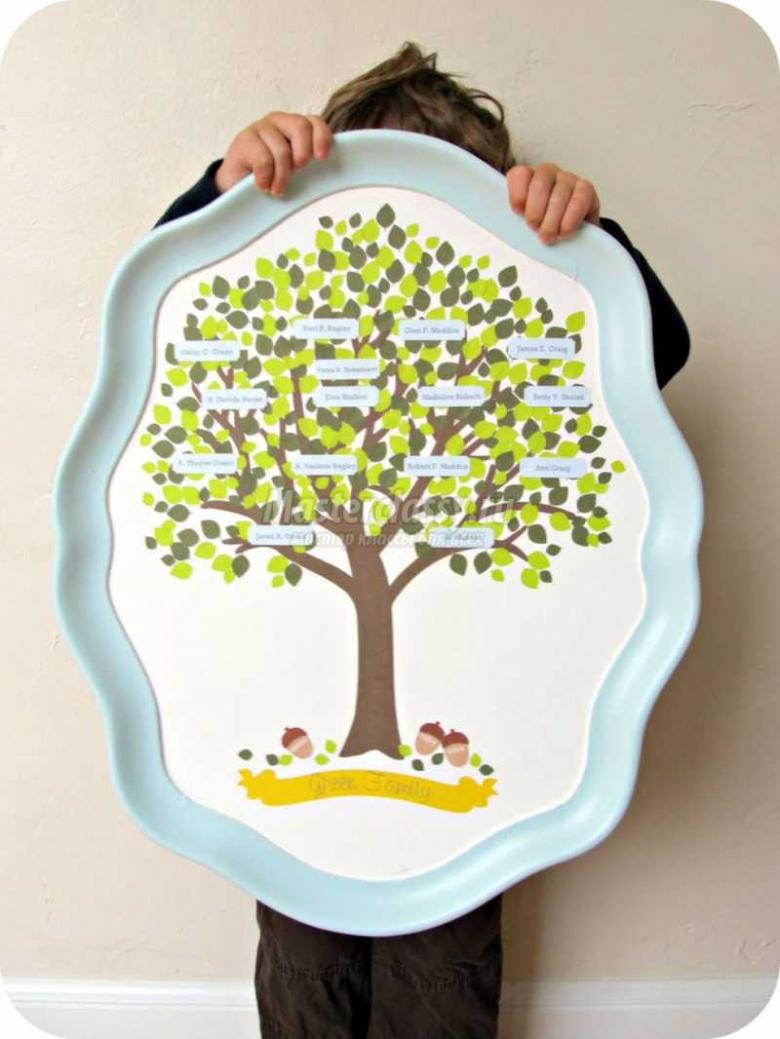
The search is carried out quickly, the tests are affordable for most people in the country, the only thing is that it is not widespread enough compared to America or Europe.
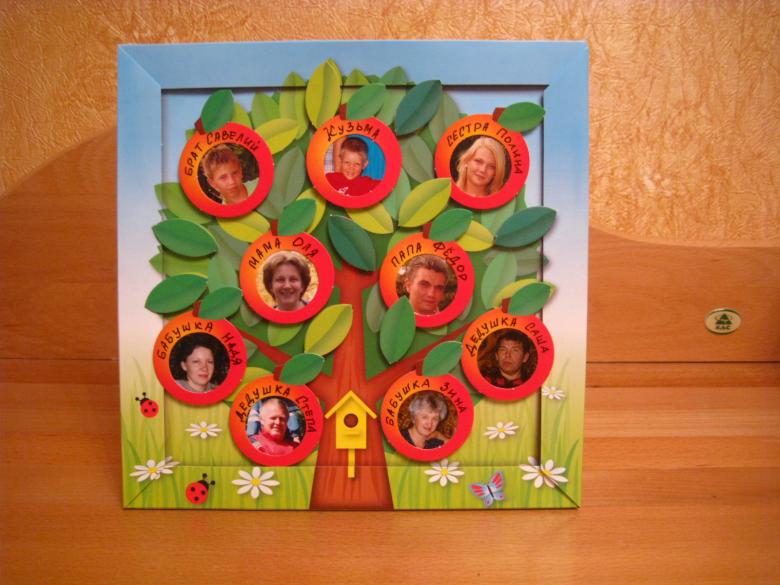
Making a template of the future tree
The genealogical tree template to fill out, its location on the page and size, depend on the purpose of the research, and how deep into their research the newly minted detective wants to go. After all, compiling his family tree is a real detective story.The template can easily be drawn using a graphic editor Word. If the search is limited to data about the parents or one of them, the template will consist of three frames. This template is applicable for a small family pedigree that looks at one generation: mom, dad, me.
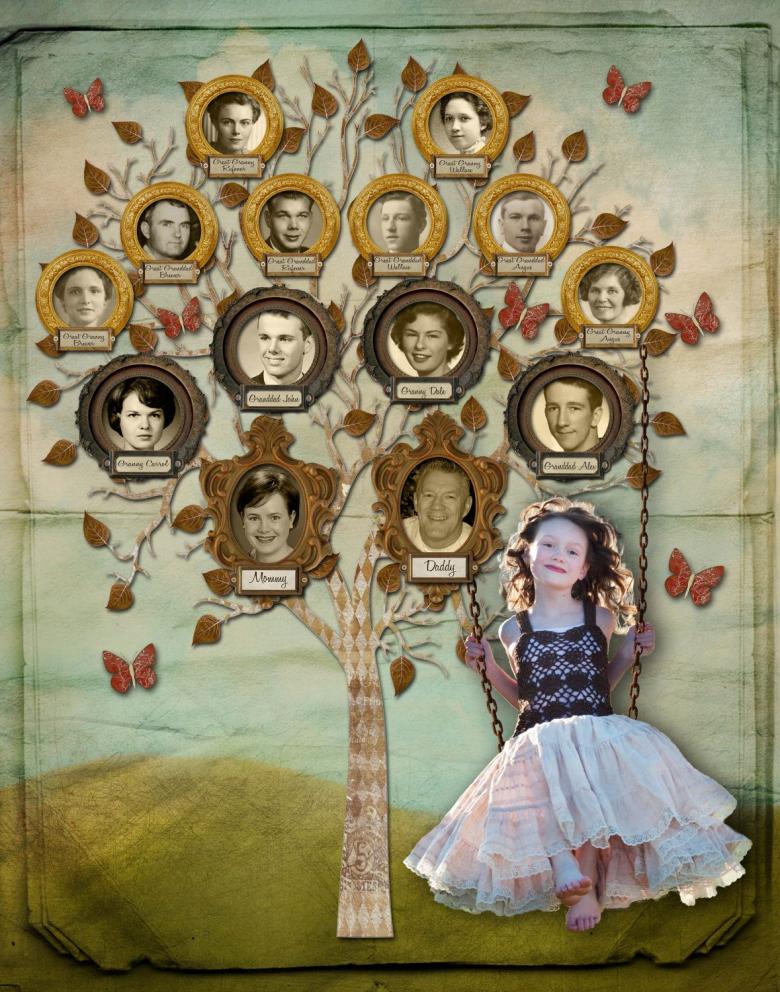
For extended family, consisting of several generations, the following template will be suitable.If the family tree includes blood relatives, their wives, children, then the template has a view with several additional branches of the family treeWith the analysis of the collected information, it is easy to choose a template to fill the genealogical tree.

How to draw a family tree
The easiest and most accessible method is to draw one yourself. Use pencils or watercolors to draw a tree on a certain size of Watman paper and choose one of the suggested templates to fill in the genealogy data. You can use pictures of relatives or a list of initials.
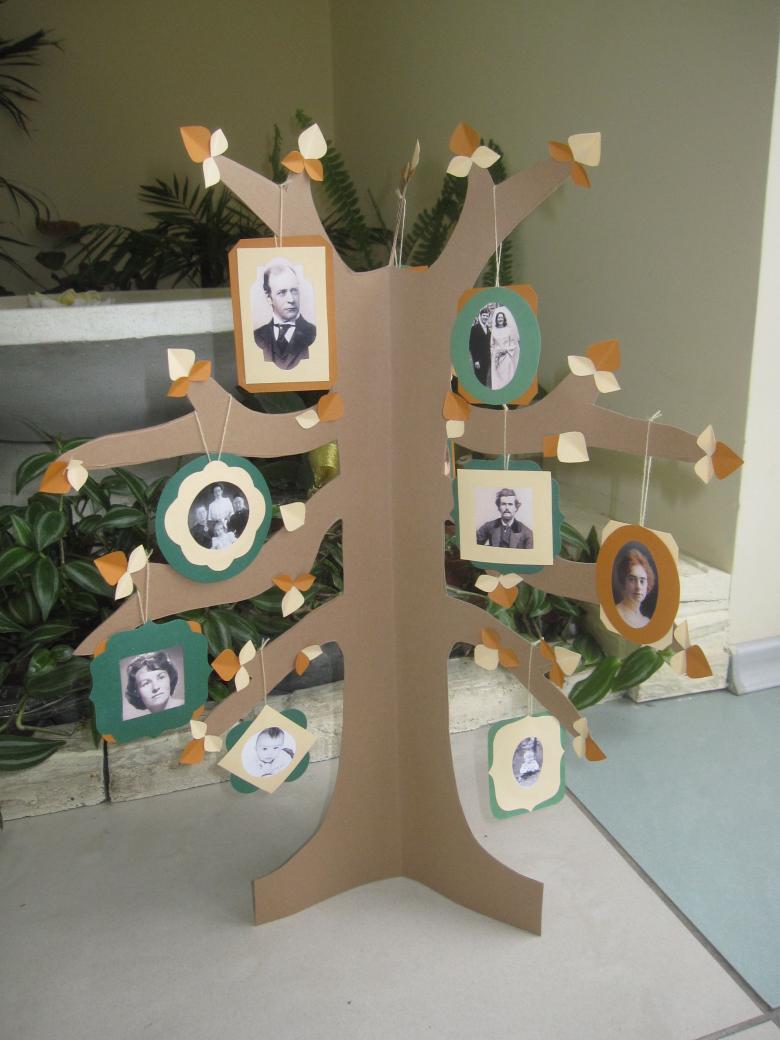
This will be an ascending family tree, with the schema maker as the first root element. As the collected information increases, the number of branches will be gradually added, and the crown of the tree will grow.
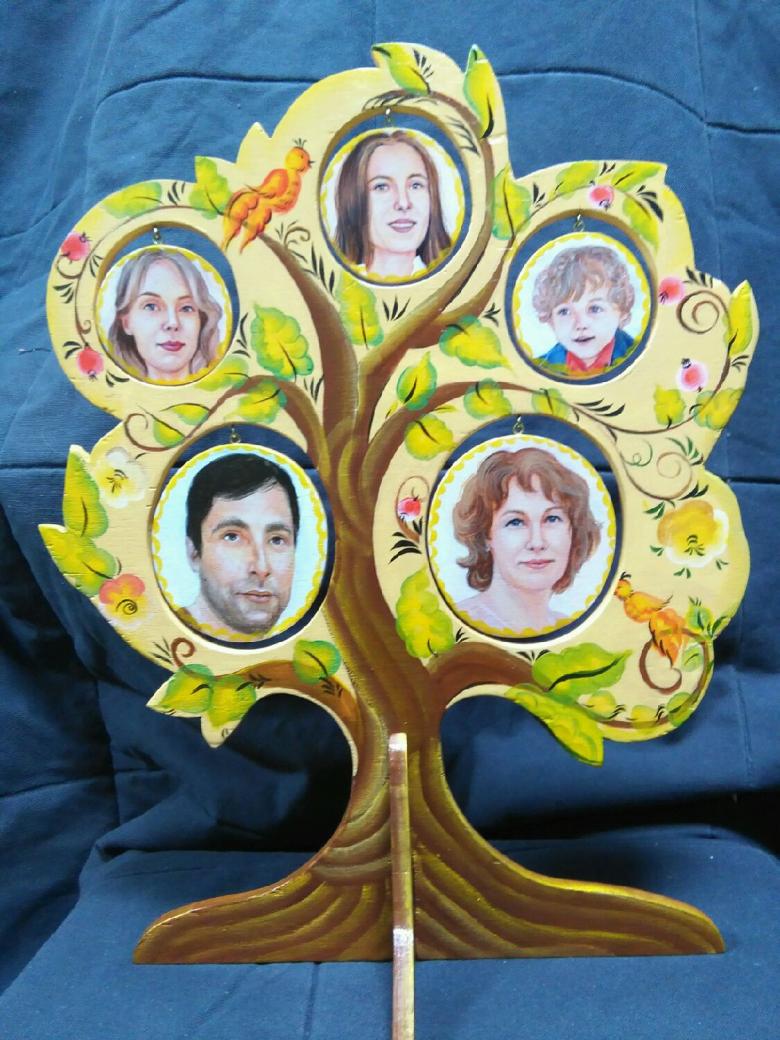
The reverse order of listing relatives - from the distant ones to the originator - forms a descending family line. Usually the founder of a family or dynasty is chosen, and then the list goes on to the present day. It is used in the case of accumulation of volumes of information about the family and a large number of blood ties.
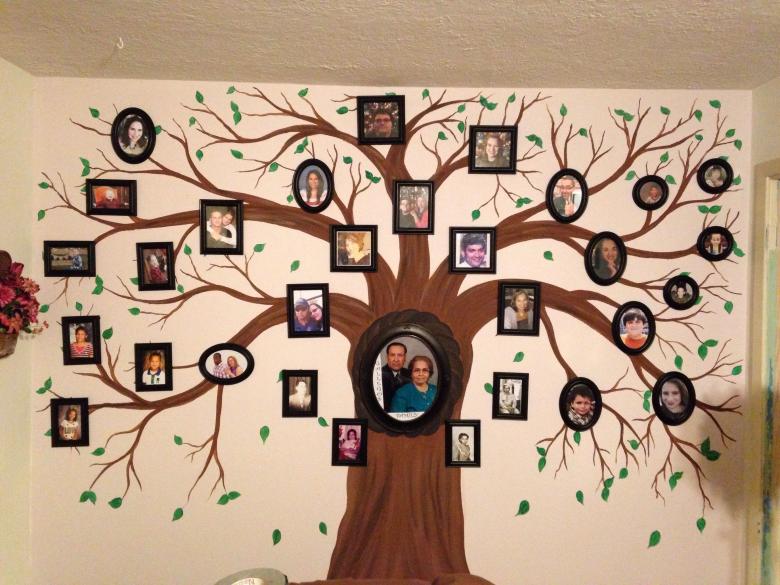
Romanov family tree
The founder of the Romanov dynasty is considered to be Mikhail Fedorovich Romanov, who was crowned on February 7, 1613.Among the representatives of the dynasty are outstanding historical figures and rulers: Peter I, Catherine the Great, Nicholas I, Alexander III and the last tsar of Russia - Nicholas II.
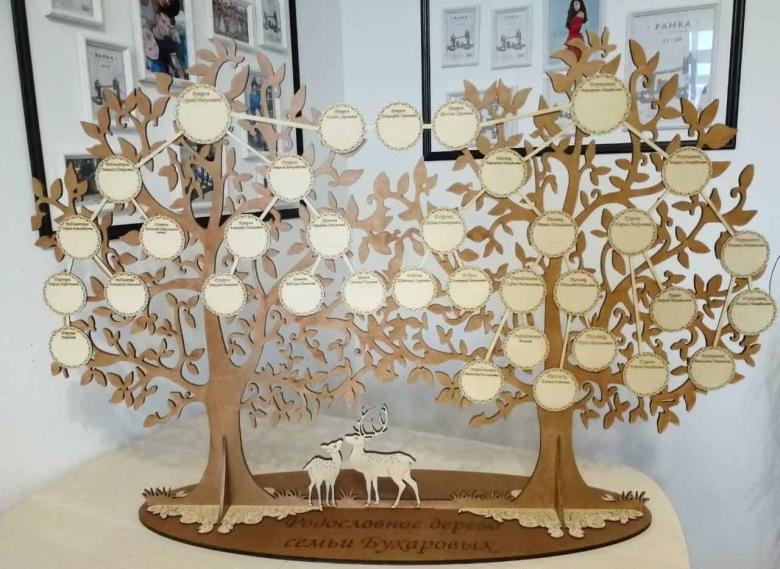
This is the richest dynasty, which stood at the helm of the state for 304 years and ended with the overthrow of the monarchy in 1917.

